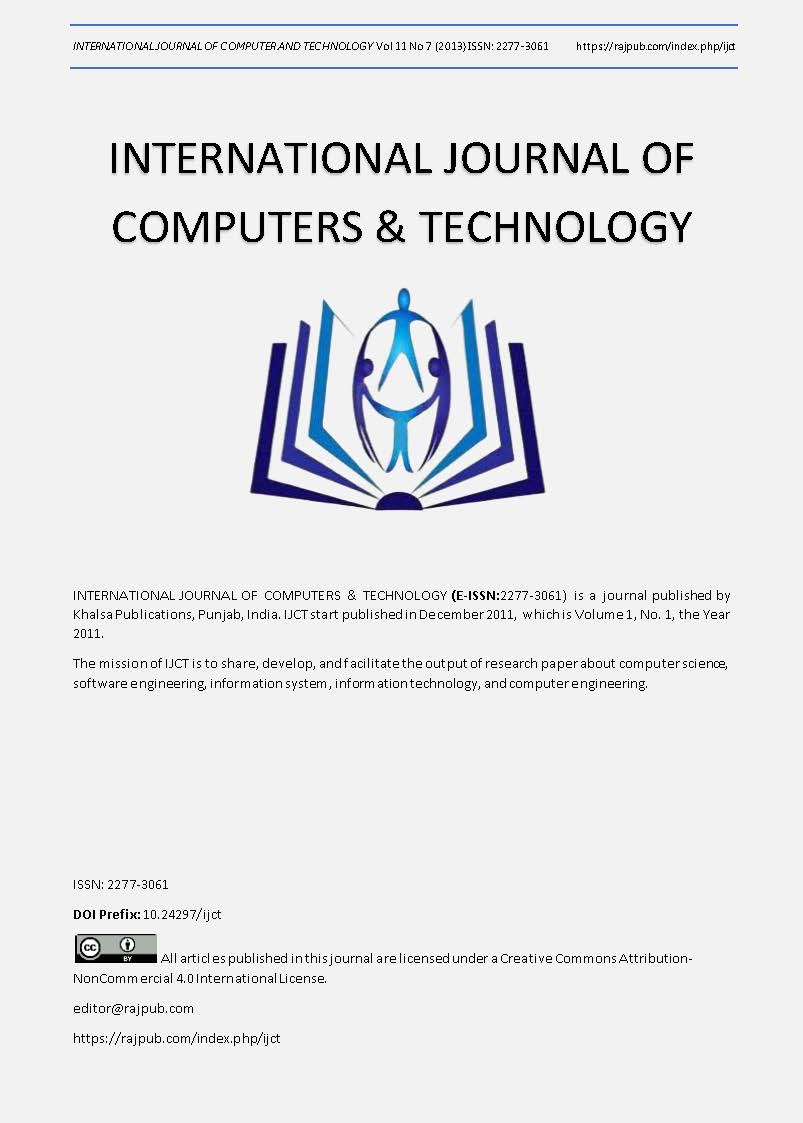Studying the Effect of Paracetamol Drug on the Conductivity of 0.5M Hydrochloric Acid Solution at Different Temperatures
DOI:
https://doi.org/10.24297/ijct.v11i7.3491Keywords:
molar conductance, adsorption isotherms, paracetamol, corrosion Inhibitors, Hydrochloric acid.Abstract
In this study paracetamol drug is used to reduce the conductivity of 0.5M hydrochloric acid at different concentrations for each one of them at different temperatures ranged (30-60)°C. Generally , increasing of the concentration of  the inhibitor leads to reducing in conductivity of the acid at constant temperature. On the other hand, at constant concentration of inhibitor, the conductivity is reduced as temperature increased i.e., paracetamol can adsorbed chemically on the metal or alloy. Furthermore the kinetic study of the molar conductance process reveal that in presence of paracetamol the activation energy and enthalpy of activation are negative compared with their values in absence of paracetamol where they are negative because the reducing the conductivity in presence of paracetamol where the non spontaneous property for the conductance of acid is increased as the paracetamol concentration increased in addition to increasing the negative value of entropy in presence of paracetamol that indicate to restrict for the mobility of hydrogen and chloride ions which correspond to 90.47% as efficiency of reducing the conductance of acid by paracetamol. On the other hand thermodynamic study is achieved which explained the adsorption of paracetamol obey to Freundlisch model.Â









